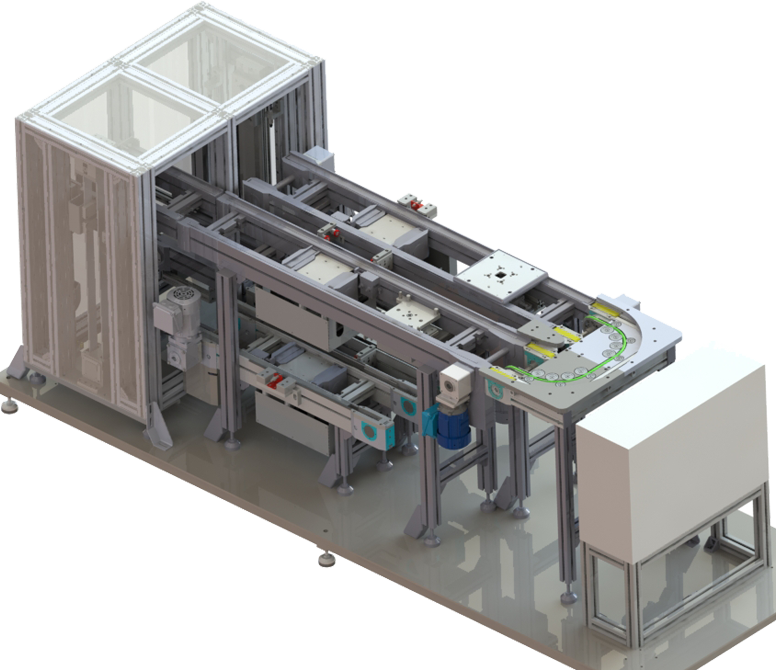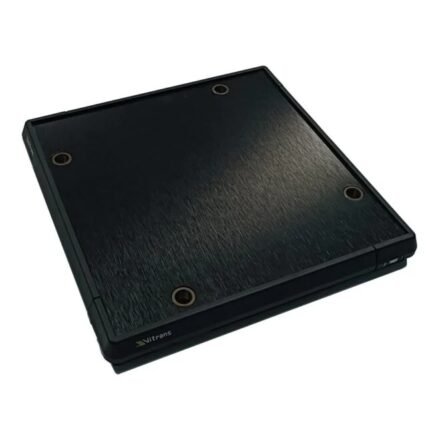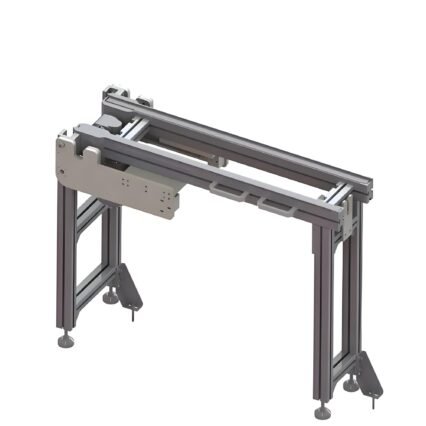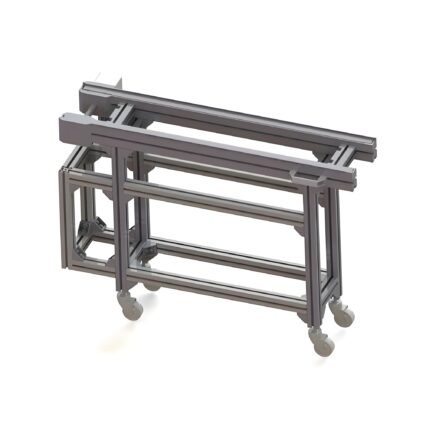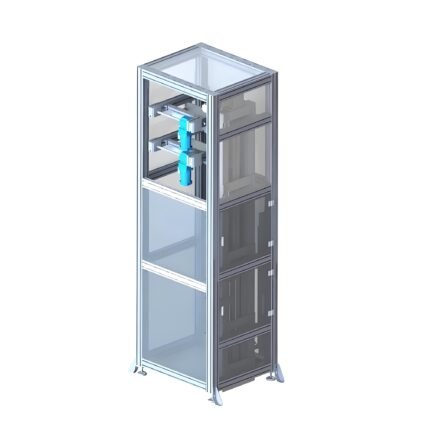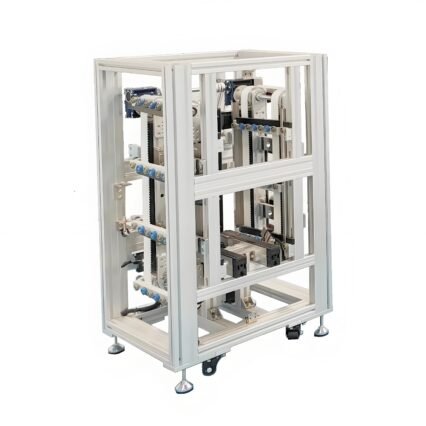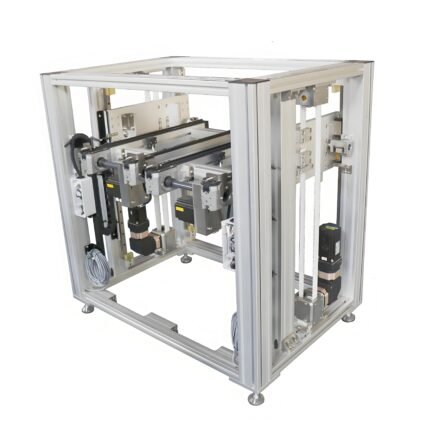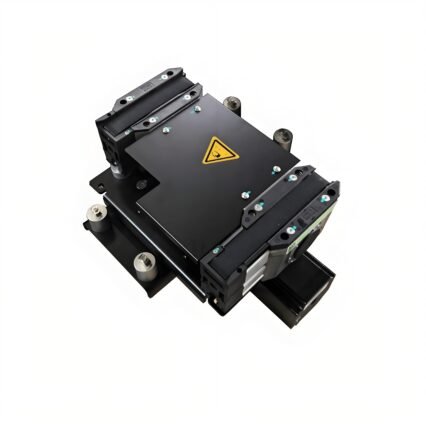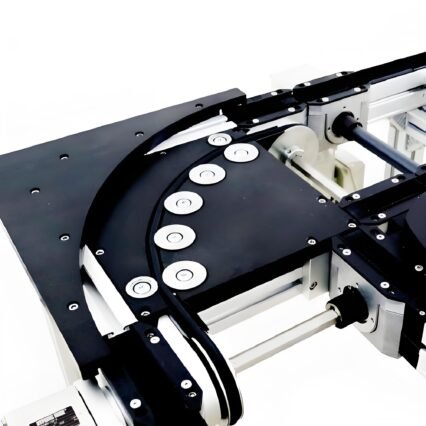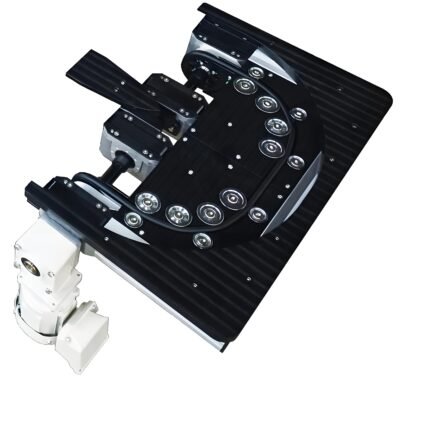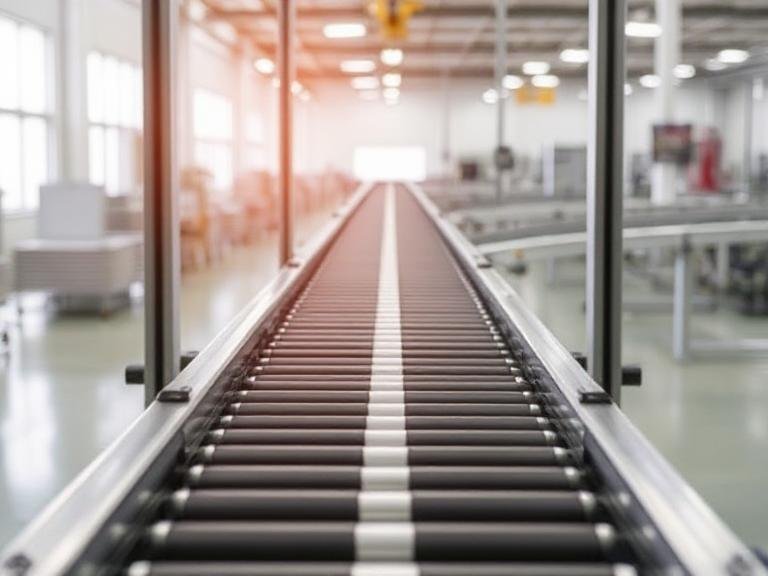Conveyor belts are crucial components in various industries, including manufacturing, logistics, and warehousing. Over time, wear and tear or unexpected damage can necessitate the replacement of the conveyor belt to ensure smooth operations. Knowing how to replace a conveyor belt can save you both time and money, reducing downtime and keeping your systems running efficiently.
In this guide, we’ll cover the steps of how to replace the conveyor belt safely and effectively. We will also introduce Витрансведущий производитель паллетные конвейеры и системы перемещения паллет, known for its high-quality conveyor systems and competitive pricing.
H2: Why Conveyor Belt Maintenance Is Important
Proper conveyor belt maintenance is essential for several reasons:
- Minimizing downtime: A well-maintained conveyor belt will function properly, preventing unscheduled shutdowns.
- Increasing efficiency: Ensuring your conveyor belt is in top shape helps optimize the productivity of your automated production and assembly lines.
- Preventing accidents: Regular inspection and replacement of damaged belts can prevent accidents caused by conveyor belt failures.
H2: Tools and Materials Needed for Conveyor Belt Replacement
Before diving into the steps of conveyor belt replacement, it’s essential to gather the necessary tools and materials. Having these on hand will make the process more efficient and ensure you can quickly replace the belt.
H3: Tools:
- Wrenches and socket set
- Belt tension gauge
- Pry bar
- Belt cutting tool or knife
- Measuring tape
- Conveyor belt splicing kit (if required)
- Protective gloves and safety gear
H3: Materials:
- Replacement conveyor belt
- Fasteners or clamps (for securing the new belt)
- Lubricant for rollers (if needed)
H2: Step-by-Step Guide on How to Replace a Conveyor Belt
Now that we have the tools and materials ready, let’s walk through the process of replacing a conveyor belt.
H3: Step 1: Shut Down the Conveyor System
Safety first: Before starting the replacement process, ensure that the conveyor system is completely shut down. Disconnect the power supply and lock out any energy sources to prevent accidental startups during the process. This step is crucial for preventing accidents and ensuring the safety of all workers involved in the replacement.
H3: Step 2: Inspect the Conveyor Belt and System
Take a moment to inspect the entire conveyor system. Look for signs of damage to not only the belt but also the pulleys, rollers, and other components. If other parts are worn or damaged, they should be replaced at the same time as the belt to avoid future failures.
Витранс, a trusted provider of паллетные конвейеры и transfer systems, designs durable conveyor components, but regular inspection is still important to maintain longevity.
H3: Step 3: Release the Belt Tension
Most conveyor systems use a tensioning mechanism to keep the belt in place and running smoothly. In this step, use a wrench or tension gauge to release the tension from the conveyor belt. This will make it easier to remove the old belt and install the new one.
Pro Tip: Remember how much tension was applied to the old belt so you can properly adjust the new one later.
H3: Step 4: Remove the Old Conveyor Belt
Once the tension is released, use a cutting tool or knife to carefully cut and remove the old conveyor belt from the system. If the belt is in good enough condition to reuse, simply remove the belt without cutting it.
H3: Step 5: Install the New Conveyor Belt
With the old belt removed, it’s time to install the new one. Start by threading the belt through the pulleys and rollers, ensuring that the belt is aligned properly with the system. Keep in mind that the belt should be centered to avoid misalignment issues later.
H3: Step 6: Splice the Conveyor Belt (If Required)
If the new belt is too long or too short, you may need to splice the belt to adjust its length. Many belts come with a splicing kit, which allows you to cut the belt and join the ends securely. Follow the instructions in the splicing kit to ensure a proper splice.
H2: Vitrans: Your Reliable Conveyor System Partner
-
 Конвейерный поддон
Конвейерный поддон -
 Подъемные ворота
Подъемные ворота -
 Тяговые ворота
Тяговые ворота -
 Подвесной конвейерный подъемник | Элеватор
Подвесной конвейерный подъемник | Элеватор -
 Подъемник паллет с коротким временем цикла LP/L
Подъемник паллет с коротким временем цикла LP/L -
 Сервоприводный подъемник паллет LP/B
Сервоприводный подъемник паллет LP/B -
 ET2/B Поперечный блок для поддонов
ET2/B Поперечный блок для поддонов -
 Кривая ленточного конвейера KV2/90 градусов
Кривая ленточного конвейера KV2/90 градусов -
 Кривая ленточного конвейера KV2/180 градусов
Кривая ленточного конвейера KV2/180 градусов
Витранс has been a leader in the conveyor systems industry for over 10 years. They offer high-quality solutions for various industrial needs, specializing in паллетные конвейеры, системы перемещения паллет, и attachment conveyors. Their commitment to excellence is reflected in the quality of their products, which are widely used in automated production lines across the globe.
H3: Why Choose Vitrans?
- Reliable Products: Vitrans’ conveyor systems, such as the Ленточный конвейер для поддонов и Накопительный цепной конвейер, are designed for durability and efficiency.
- Affordable Prices: Thanks to their strong supply chain sources in China, Vitrans can offer high-quality conveyors at competitive prices.
- Глобальный охват: Vitrans exports its products to a wide variety of countries, ensuring that customers worldwide can benefit from their solutions.
If you need a new conveyor system or belt replacement, Витранс is a trusted partner that can provide high-quality products with short lead times.
H2: Final Steps to Ensure Proper Installation
After installing the new conveyor belt, there are a few final steps to ensure that the system is running smoothly and efficiently.
H3: Step 7: Adjust the Tension
Once the new belt is in place, use a belt tension gauge to adjust the tension back to the appropriate level. Too much tension can cause the belt to wear prematurely, while too little tension can lead to slippage and poor performance.
H3: Step 8: Run the Conveyor for a Test
Before putting the conveyor back into full operation, run the system for a test. Observe the belt’s movement to ensure that it is properly aligned and functioning without any issues.
If there are any signs of misalignment, adjust the belt accordingly. Proper alignment will extend the life of the belt and improve the overall efficiency of the system.
H3: Step 9: Lubricate the Rollers and Pulleys
To ensure smooth operation and reduce wear on the new belt, apply a light coat of lubricant to the rollers and pulleys. This will minimize friction and help the belt move freely.
H3: Step 10: Regular Maintenance and Inspections
Once the new belt is installed and running smoothly, it’s important to schedule regular maintenance and inspections to extend the life of the belt and prevent future failures. This includes checking the belt tension, alignment, and condition on a regular basis.
H2: FAQs About Conveyor Belt Replacement
H3: Q1: How often should a conveyor belt be replaced?
A1: The frequency of conveyor belt replacement depends on the type of conveyor system, the materials being transported, and the operating conditions. Regular inspections should be carried out to identify signs of wear and determine when a replacement is necessary.
H3: Q2: Can I replace a conveyor belt without professional help?
A2: While some conveyor belt replacements can be done without professional help, it is always recommended to have experienced technicians handle the installation to ensure proper alignment and tensioning. Professional installation can reduce the risk of errors and prolong the life of the new belt.
H3: Q3: How do I know if my conveyor belt is properly aligned?
A3: A properly aligned conveyor belt will run smoothly without veering off-center or causing unnecessary wear. Misalignment can lead to uneven wear, increased friction, and reduced belt life. Regularly inspecting the belt’s movement during operation is the best way to ensure alignment.
H2: Comparison Table: Conveyor Belt Types and Their Uses
| Conveyor Belt Type | Лучшее для | Характеристики |
|---|---|---|
| Ленточный конвейер для поддонов | Heavy-duty loads | Durable, handles heavy pallets in manufacturing |
| Накопительный цепной конвейер | Assembly lines, product accumulation | Provides smooth movement, ideal for assembly lines |
| Навесной конвейер | Custom applications | Flexible, supports a variety of attachments |
| Конвейер для передачи продуктов | Moving items between systems | Efficient transfer of products between conveyors |
In conclusion, knowing how to properly replace a conveyor belt is critical for maintaining the efficiency of your production line. Whether you’re using a ленточный конвейер для поддонов or a конвейер для передачи продукции from Витранс, following the correct steps will ensure a smooth transition and help you avoid costly downtime. Regular maintenance and inspection will keep your conveyor system running smoothly for years to come.

